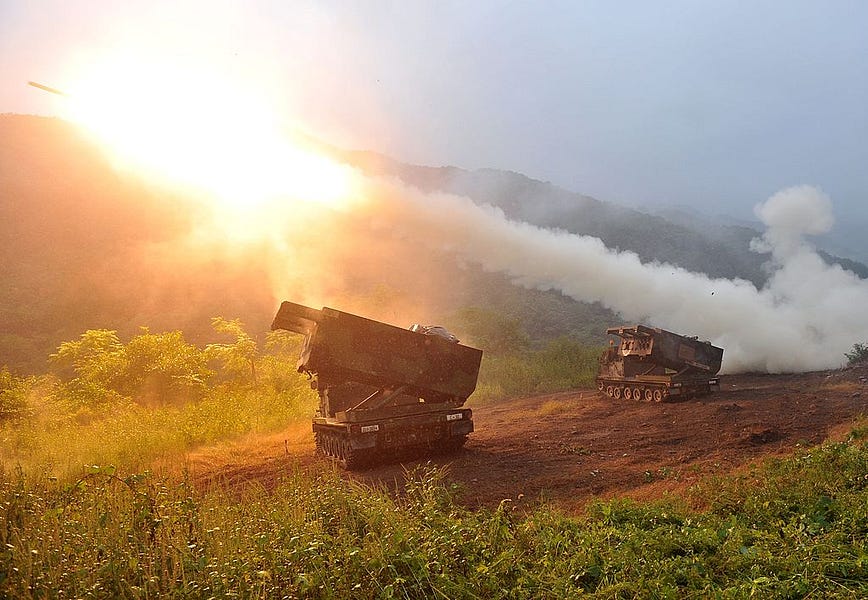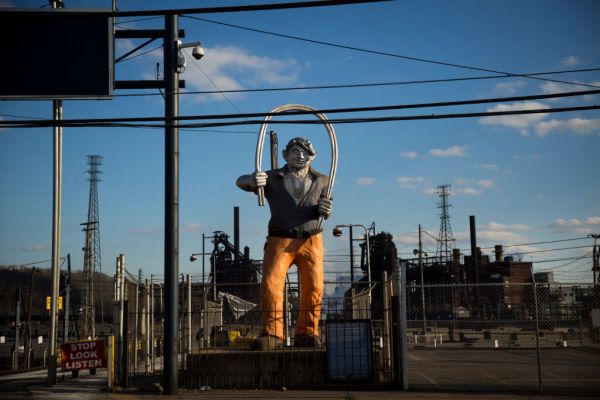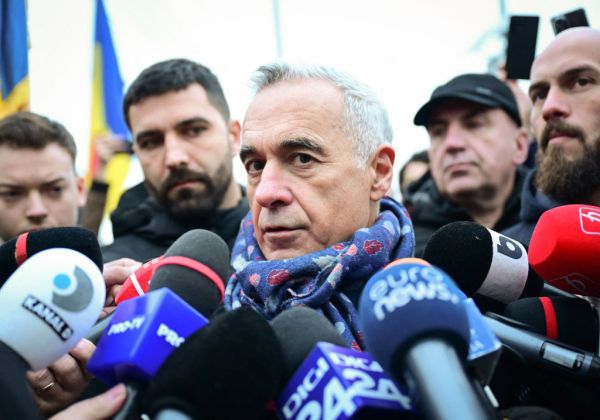The evidence is overwhelming. Russia’s new military strategy is starting to bear fruit. Just as the interest of the world starts to wane, the Russian army is starting to exert its will on the battlefields of eastern Ukraine. This might be startling and surprising news to many Americans.
Back when Ukraine dominated the Google charts, it was militarily ascendant. It hadn’t just stopped Russia’ initial drive against Kyiv, it had completely routed Russian forces in the northern Ukraine. It not only inflicted staggering losses on the Russian military, it had chased its forces back to the start line. The Ukrainian capital was safe, and much of the striking power of the Russian army lay in ruins on the streets and in suburbs outside Kyiv.
But if you know anything about Russian military history, you know this early setback is nothing new. For more than a century its army has made a habit of failing early before it regroups, recenters around its strength—overwhelming firepower—and gradually (and brutally) exerts its will. And that’s exactly what seems to be happening now.
After Russian troops retreated from Kyiv, Moscow focused its military efforts on eastern Ukraine. Not only are the supply lines into Russia shorter, its new offensive reinforced and doubled-down on its only clear successes from the initial invasion—the creation of a land bridge from Crimea to Russian-occupied regions of the Donbas.
And it’s paying off. Here’s the Washington Post Sunday:
In recent days, Russian troops have captured the towns of Svitlodarsk and Lyman and have closed in on Severodonetsk, a large regional hub, where Russian forces have entered a hotel on the city limits. If Russian troops manage to encircle and take the city, Moscow would occupy nearly all of Ukraine’s easternmost Luhansk region, which makes up roughly half of Donbas.
Here’s Mark Episkopos, writing in the National Interest:
The siege of Severodonetsk comes on the heels of steady Russian advances in the Donbass over the past month. Russian forces control almost the entire Donbass region and several surrounding areas, effectively depriving Ukraine not only of its industrial heartland but also of some of its biggest wheat-producing regions. The Russian military reportedly occupies most of the southeastern Zaporizhzhia region, with only the administrative city of Zaporizhzhia and adjacent farmlands remaining in Ukrainian hands. To the southwest, Russian forces appear firmly in control of the Kherson region.
Moreover, there’s some evidence that Ukraine might be facing morale problems of its own:
Reports of Ukrainian troops refusing to fight and surrendering en masse, previously confined to Russian state television, have made their way to Western media. In a video uploaded to Telegram on May 24, members of the 115th Brigade 3rd Battalion, based in Severodonetsk, announced that they will no longer fight due to a lack of military equipment and proper leadership. “We are being sent to certain death,” said one of the volunteers, as per The Washington Post. “We are not alone like this, we are many.”
None of this should be surprising. In fact, it fits patterns in Russian warfare that date back more than 100 years. After early battlefield humiliations, the Russian military regroups and turns back to its strengths—firepower, manpower, and will power. It doesn’t always win (it regrouped from early losses in World War I yet still lost), but its history in the Winter War with Finland, its apocalyptic confrontation with Nazi Germany, and even the arc of the first and second Chechen wars shows that it has no reluctance to apply overwhelming firepower (and take immense losses) until its enemy cracks.
And, for all the talk of drones revolutionizing modern war (and they have played a key role in the conflict), the best evidence shows that Russia is turning the tide with weapons and tactics that aren’t dissimilar from the means and methods of the first and second world wars. It’s using massed artillery to break Ukrainian lines and kill Ukrainian soldiers before they even have the opportunity to directly engage Russian troops.
This is a deeply demoralizing form of warfare. It’s hell to endure, and if you don’t have the equivalent capacity to strike back, resistance can begin to feel futile. Ukraine’s challenge can be described with three simple statements.
Russia is playing by its rules now. This is the most obvious point, but it’s worth repeating how much the current fight matches Russian strengths while the initial fight amplified its weaknesses. In the opening days of the war, it hurled its troops straight into the teeth of mostly intact Ukrainian defenses, including by launching attacks (such as initial efforts to seize airfields far behind Ukrainian lines) that would have been breathtakingly bold by American military standards, and our troops are far better trained in mobile warfare.
Russia’s profound blunders helped magnify Western assessments of Ukraine’s military capabilities—Ukrainians have fought heroically—but they did not fundamentally change the balance of power between the two nations. Russia still possesses immense advantages (especially in artillery), and it’s leaning into those advantages now.
Russia can fight like this for a long time. Russia may have hoped for a quick victory, but it can blockade the Ukrainian coast and shell Ukrainian troops for a very long time. Russia has massive ammunition stocks, and manufacturing more artillery pieces and producing more shells is likely well within Russian industrial capacity.
Moreover, despite the sinking of the Moskva, the Russian navy controls the Black Sea. It can maintain its blockade of Ukrainian ports indefinitely and place serious strain on world food supplies.
The outlines of the Russian strategy are now clear. Decimate the Ukrainian military in a war of attrition in the east while using the food weapon to try to relieve sanctions at home. A grim and bloody test of wills is underway.
Ukraine has no clear path forward. At this point, American military assistance is critical to keeping Ukraine in the fight, but it’s unclear that we’ll be able to equip (much less train) the Ukrainian military with the weapons that can win the war and drive Russia from Ukrainian soil.
The current controversy over the Multiple Launch Rocket System (MLRS) is a case in point. The Ukrainians desperately need to counter Russian advantages in long-range artillery and rockets, but the Biden administration is concerned that the MLRS could be used to strike deep into Russia itself, thereby dramatically escalating the conflict. (The longest-range MLRS munitions can strike targets 180 miles away).
The likeliest response to Ukrainian requests is a compromise. We’ll provide a less-capable, system and lower-range munitions (perhaps the M142 High Mobility Artillery Rocket System, or the M142 and the M270 MLRS, but without supplying the longest-range ATACMS missile system) that will help address Russian advantages, but we’ll withhold the system that can strike deep into the Russian rear. Yet if the Russian rear remains untouched, then Russia can pour troops and equipment into the front without fear of attack.
It is possible that Ukrainian counterattacks can break the Russian line and turn the tide, but the dynamics in the east are fundamentally different than they were in the north before Ukraine pushed Russian forces back to the border. In the north, the Russian defeat was obvious. Its armored columns were a spent force. And while Russia has endured local defeats in the east, it still possesses real momentum in the field.
I write none of this to denigrate the magnitude or Ukraine’s early victory or the cost of Russia’s early defeats. I write none of this to say that Ukraine should sue for peace. Instead I write to help us focus our minds on what a long war could look like and the necessity for creative and imaginative thinking to help Ukraine stop the Russian advance and reverse the fortunes of war.
When Russian forces retreated from the outskirts of Kyiv, leaving hundreds of shattered vehicles in their wake, there was a flare of hope that we were watching the beginning of the end of Russia’s invasion of Ukraine. Instead, we may have merely witnessed the end of the beginning. A long war looks likely, and while the Biden administration deserves credit for its indispensable efforts to help stave off an early Russian victory, the strategic challenge only grows more difficult.
Russia is now fighting the war its way, and Russia’s early setbacks do not herald its ultimate loss. Unless Ukraine and the West can confront and overcome the Russian meat grinder, I’ll repeat the warning I issued all the way back on March 1—the first flare of hope is likely to be forgotten amid the ashes of defeat.







Please note that we at The Dispatch hold ourselves, our work, and our commenters to a higher standard than other places on the internet. We welcome comments that foster genuine debate or discussion—including comments critical of us or our work—but responses that include ad hominem attacks on fellow Dispatch members or are intended to stoke fear and anger may be moderated.
You are currently using a limited time guest pass and do not have access to commenting. Consider subscribing to join the conversation.
With your membership, you only have the ability to comment on The Morning Dispatch articles. Consider upgrading to join the conversation everywhere.